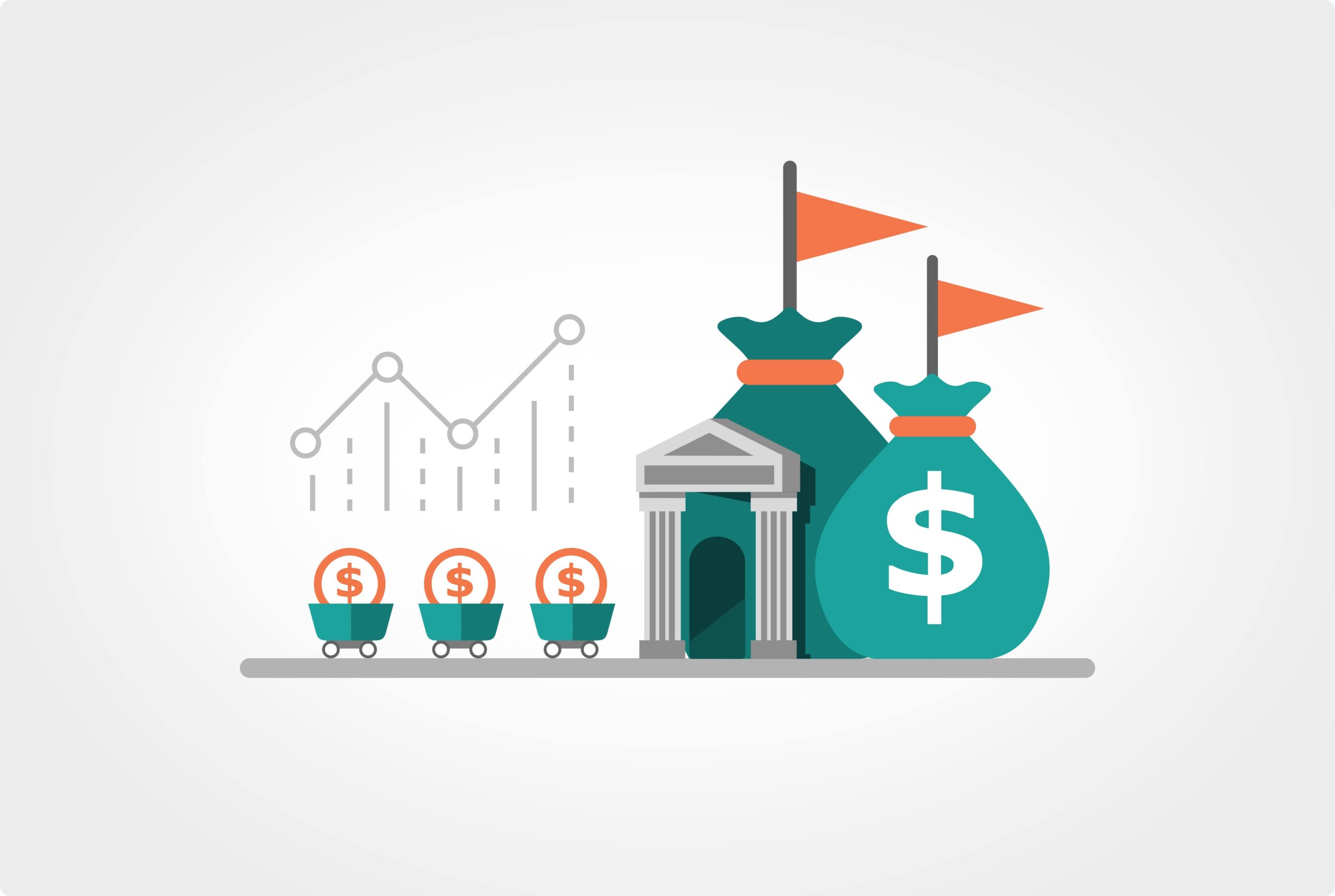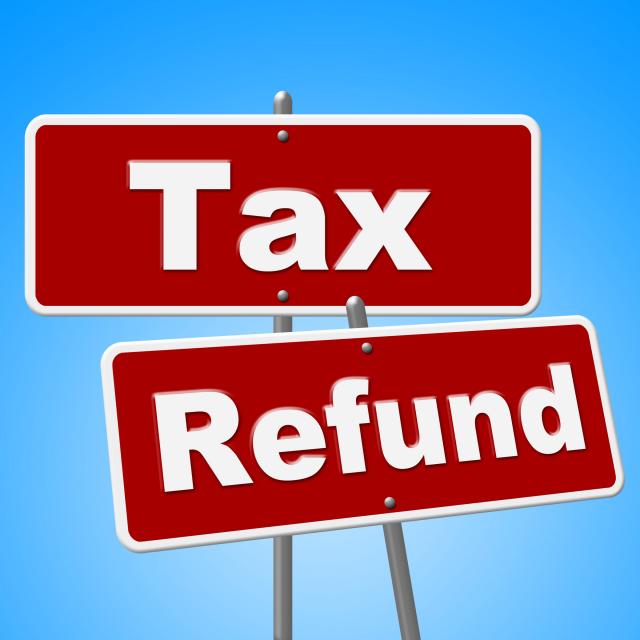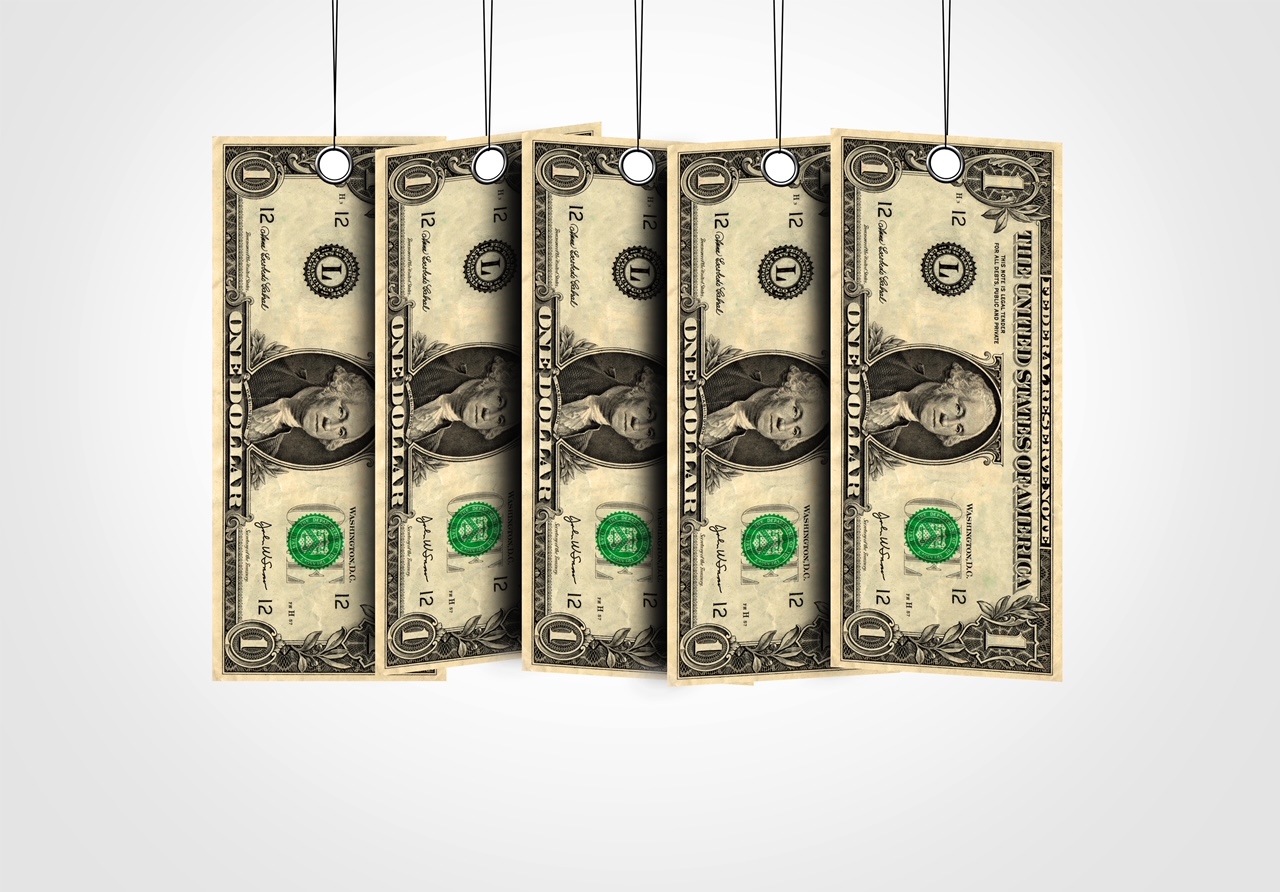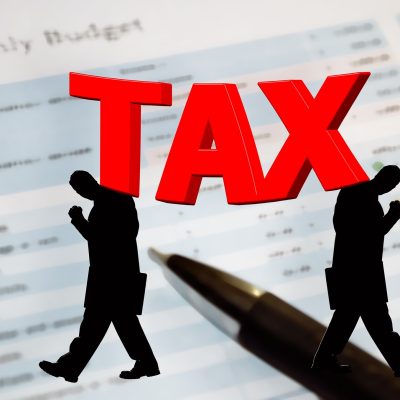There’s tax money on the table at the CRA if you know how to find it.

When you are filing your taxes, it is important for you to know how to legitimately pay less tax and get more tax refunds. The CRA wants you to pay all your taxes in full, but they also want you to be aware of all the tax benefits you are entitled to, so you not leaving money on the table when filing your taxes.
Remember, a tax refund is not a gift from the government. It’s your money! They’re just holding onto it for you. Make sure you take full advantage of the deductions you are entitled to, so your tax can be as low as possible, and your refunds are at the maximum. Here are all the deductions you should be aware of:
10 ways to pay less tax and get bigger tax refunds in Canada

- RRSP contributions.
Deductions lower the amount of your income that’s subject to tax. Your RRSP contribution is one of the ways you qualify. If you contributed to an RRSP before the March 1st deadline, then you can deduct those contributions. This will then lower your taxable income and increase your tax refund.
To find this number, simply check the receipts provided by your financial institution. These will outline contributions made in the last 10 months of the previous tax year, as well as contributions made in the first 60 days of the current year, which can be applied to the previous tax year. You can also check your account at CRA.
- Childcare costs.

Did you pay someone else to look after your little ones while you went to work or pursued your education? The government lets you deduct up to $8,000 per child for children under 7. You can also deduct up to $5,000 per child for those aged 7 to 16. For disabled children of any age, the maximum claim is $11,000. This will get you a bigger tax refund this year.
- Office expenses.
Many Canadians started working from home through the pandemic. Deduct work-from-home expenses using a new temporary flat rate method, or the conventional detailed method. You then pay less tax and also get over 400$ in tax refund.
- Interest paid on student loans.

A tax credit is an expense you can claim that’s different from a deduction because it doesn’t come off your income. Interest paid on student loans falls into this category. You can claim any interest on your student loans as a non-refundable credit. The tax credit (federal and provincial) is calculated by multiplying the lowest federal/provincial/territorial tax rate by the amount of the loan interest.
If you didn’t earn income in the past year, you may want to wait to claim the interest on student loans. You can carry that interest forward and apply it on any return for the next five years. For students, this is another way to get more tax refund from the CRA.
- Medical credits.
This is one tax refund angle that people tend to overlook. It’s worth taking a moment to read through the different types of medical expenses that may apply to you. Depending on your circumstances, these could include ambulance rides, crutches, dental services, gluten-free products (if you are diagnosed with celiac disease), in vitro fertility costs, laser eye surgery or orthodontic work (if it is done out of necessity, not for cosmetic purposes).
- Charitable donations.

This is a popular one that some people miss out too, as a way of paying less tax and getting a bigger tax refund from the CRA. Depending on which province you live in and how much you donated, you could qualify for a significant tax credit. At the federal level, you can be credited 15% on the first $200 you donated. Any donation amounts above that are credited at 29%.
- Moving expenses.
Generally, you could claim moving expenses you paid in the year if you moved to work or to run a business at a new location, or you moved to study courses as a full-time student enrolled in a post-secondary program at a university, a college, or other educational institution.
- Business investment loss.

If you had a business investment loss in 2021, you may be able to deduct half of the loss from income. The amount of the loss you can deduct from your income is called your allowable business investment loss (ABIL).
Newcomers to Canada who are running their own businesses could take advantage of this in the early stage of their businesses and increase how much they get in tax refund.
- Tax credit for vacation.

Anyone planning a getaway within the province in 2022 could be eligible for a tax refund under the new “Ontario Staycation Tax Credit” program. Ontarians can get a 20 percent personal income tax credit on eligible accommodation between Jan. 1 and Dec. 31, up to a maximum of $1,000 for an individual and $2,000 for a family, for a maximum credit of $200 or $400 respectively.
Ontario residents can apply for this tax refundable credit when they file their 2022 personal tax returns and benefit even if they do not owe any tax.
- Capital losses.
Everyone knows about capital gains, especially on properties, which you must pay taxes on. In the same way, you can also make a claim for capital gains loss in other areas such as trading in the stock market.
Generally, if you had an allowable capital loss in a year, you have to apply it against your taxable capital gain for that year. If you still have a loss, it becomes part of the computation of your net capital loss for the year. You can use a net capital loss to reduce your taxable capital gains in any of the 3 preceding years or any future year.
References:







